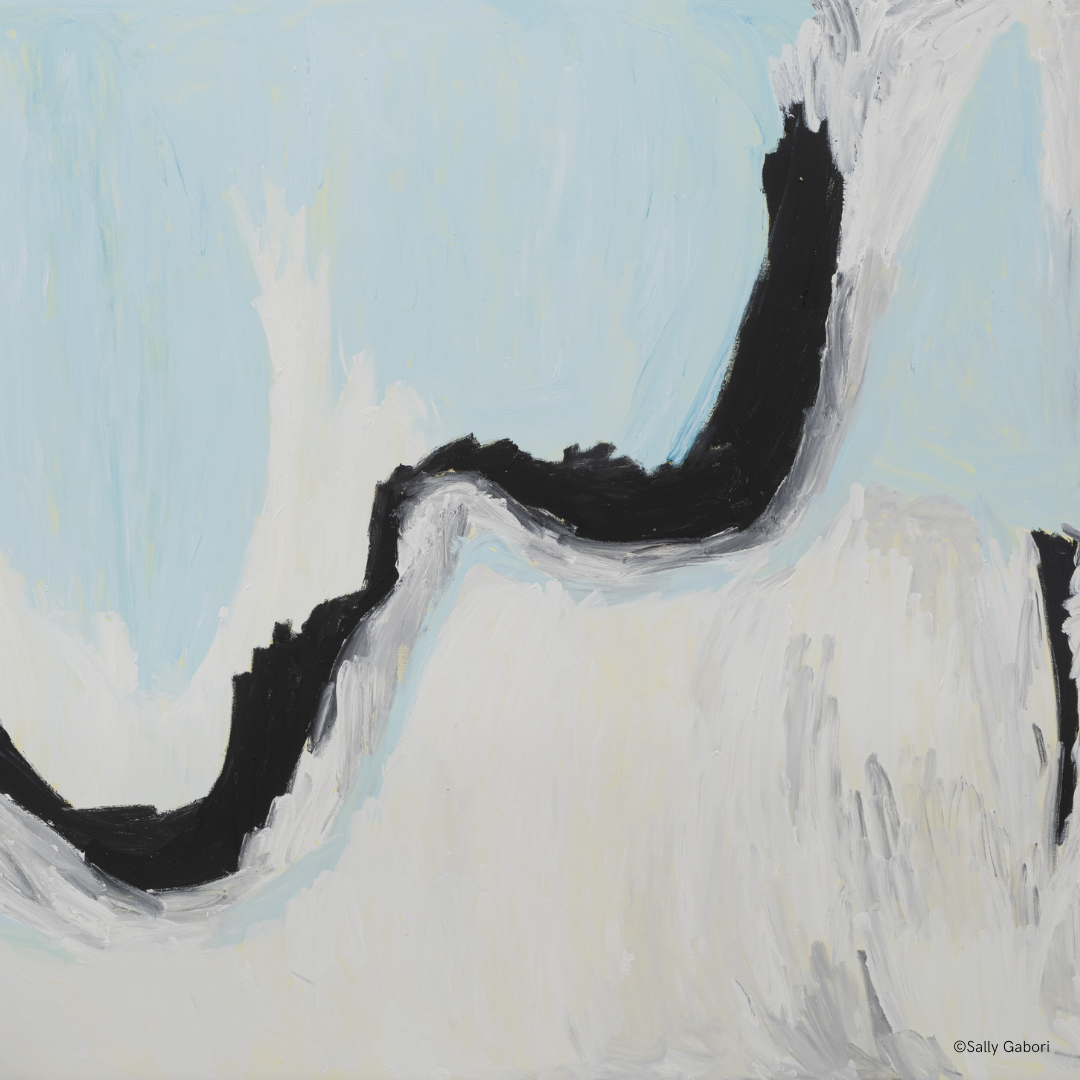Great swaths of shade like cries or tears: the monumental canvases painted in the last ten years of her life by Sally Gabori are a cartography of the guts. Spreading their lagoon blue, their lemon yellow, their strident orange, and their deep white in parcels on the canvas, they inform the nostalgia of the place of origin and the pain of exile. Summary landscapes in the colors of freedom gathered for the primary time outdoors Australia at the Fondation Cartier. An exquisite tribute to the Aboriginal artist who died in 2015.


From the Kaiadilt Aboriginal group, Sally Gabori – whose tribal identify, Mirdidingkingathi Juwarnda, refers to her totemic ancestor (the dolphin) and her birthplace (Mirdidingki) – was born round 1924 on Bentinck Island, in the Gulf of Carpentaria, northern Australia (Queensland). Until 1948, when a cyclone and a tidal wave made her native island uninhabitable and compelled the final representatives of this coastal Aboriginal group to migrate to the neighboring island of Mornington (the place they have been “parked” and subjected to the assimilationist practices then in progress), Sally Gaborit was a dillybag weaver (traditional aboriginal luggage woven from plant fibers to carry meals) and was responsible, like most Kaiadilt ladies, for harvesting shellfish and sustaining the stone fish traps alongside the shores of her island. It was not until 2005, on the age of eighty, that she started to color.
Unclassifiable, seemingly sprung from nowhere, her abstract fashion, similar to no other and very removed from modern Aboriginal artwork, is riddled with small dots (dot painting) sown within the footsteps of dingoes, lizards, snakes, and other totemic animals crossing the desert dunes and river beds. Removed from these symbolic and initiatory landscapes retracing the journeys of the “founding beings” traveled in the Dreamtime, through the period of creation of the world, Sally Gabori’s work are bare, devoid of indicators and symbols, solely colour spreads. Spanning giant, flat areas, they even seem to generate the types, layering and embedding one another to create a type of big summary mosaic. With an astonishing formal freedom, these giant swathes of vibrant colors that appear to mirror, as if by ricochets, the sunshine of the sky, the earth and the sea, are in reality memorial cartography: that of the places pricey to the artist, locations before the exodus … “This is my land, that is my sea, this is who I'm,” declared the one who equated portray with the “seek for the original country.”1


In the course of the nine years of her inventive exercise, Sally Gaborit painted more than 2,000 canvases – canvases up to 6 meters lengthy and typically collaborative (made together with her sisters, nieces or daughters). These giant mosaic canvases, with their tangle of shapes framed in black, evoke the hydrography of her place of origin, with its islands and billabongs (lifeless meanders of a river or stream).
An eye fixed accustomed to the landscapes of the Gulf of Carpentaria will be capable of detect the stylized imprint of the salty land banks and sandy foreshore coated with mangrove or hemmed with coral reefs. It's, nevertheless, by means of the synthetic concretion of water, earth and sky, the paths of the Dream, that Sally Gaborit traces an immaterial area, mixing parts and temporalities (previous, current, and future) in a quest to know the world and its creation, in accordance with the aboriginal idea designated by this time period: Dreaming.
- Within the Kayardilt language, the term duljaniji refers back to the longing for house that is characteristic of exile, the “search for residence.”
Fondation Cartier pour l’Art contemporain – 261, bd Raspail, Paris XIV –
Until November 6
https://www.fondationcartier.com/presse/article/sally-gabori
STÉPHANIE DULOUT
L’article SALLY GABORI est apparu en premier sur Galerie Joseph.
Comments